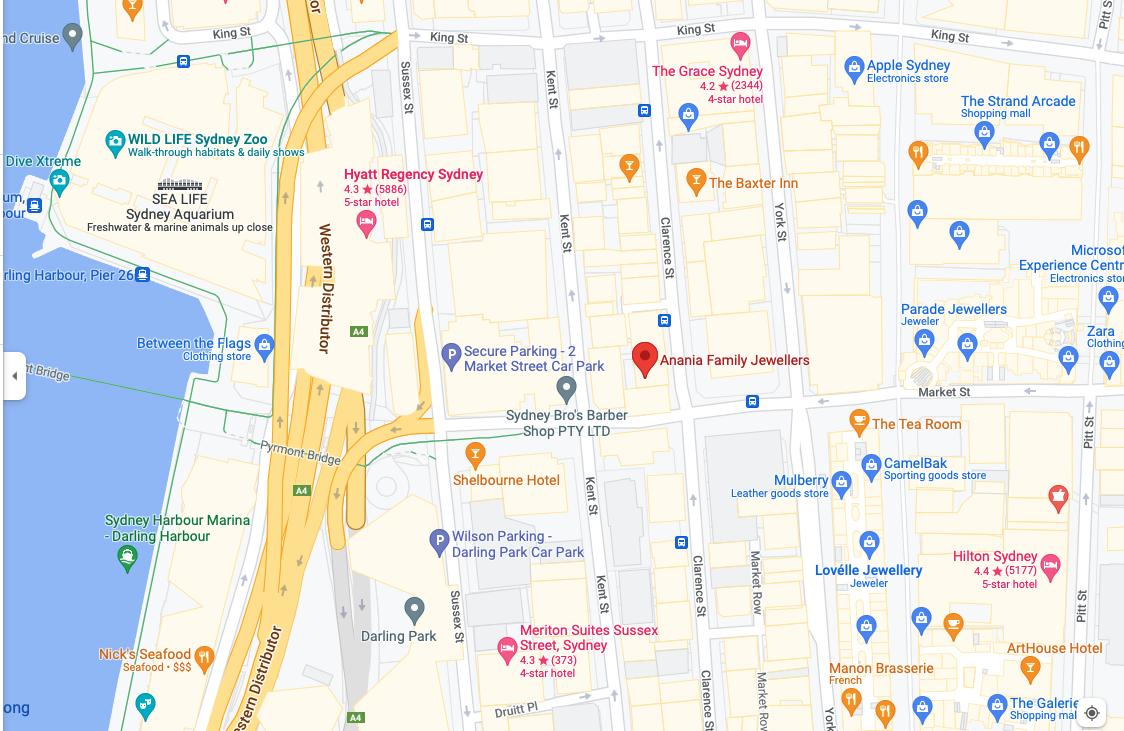Asscher cuts look similar to emerald cuts with the key difference being that they are square, as opposed to rectangular. This cut features large step facets and a high crown that produces a brilliance, unlike any other diamond shape.
Asscher cut diamonds are roughly square in shape when viewed from above but have cut corners for more light to enter the diamond.
They typically have 50 or 58 facets and their ideal length-to-width ratio is 1 to 1.04. Because of their many facets, high crown, and depth, they can produce outstanding brilliance and create a ‘hall of mirrors’ effect.
The Asscher cut was invented in 1902 by Joseph Asscher, the artisan diamond cutter who founded the I.J Asscher Diamond Company, now known as the Royal Asscher Diamond Company.
It was the first patented diamond cut, protecting it from replication from other companies The Asscher cut was a staple of art deco jewellery, with its straight lines and brilliance making it perfect for the movement.
The wide step cuts, the near perfect square symmetry, and the high crown all contribute to creating a stone with exceptional beauty, style and brilliance. You get the sense that you’re becoming lost in a deftly crafted set of mirrors reflecting so much light back to the eye that it simply dazzles the viewer.
As with emerald cut diamonds, which are similar in their step-cut faceting, a cutter must start with a high clarity stone to create an Asscher cut diamond.
The plain broad facets on an Asscher cut to allow the viewer an unobstructed look straight into the stone. You don’t want to be able to see its flaws. So, most cutters start out with a VS2 clarity stone at least when considering an Asscher cut.
Now, it’s highly unlikely that a friend will ask you about the clarity grade of your diamond, but just looking at an Asscher cut (or even an emerald cut too) they’ll know they’re looking at an exceptionally high clarity stone.
Similar decisions are made with regard to colour when cutting an Asscher shaped diamond. The unimpeded look into the Asscher stone by way of its step cut facets suggests that the diamond colour needs to be at least I or better, especially when the carat size approaches 1.5 carats and larger.
An Asscher cut diamond engagement ring makes an enviable choice—whether the centre stone is large or small.







